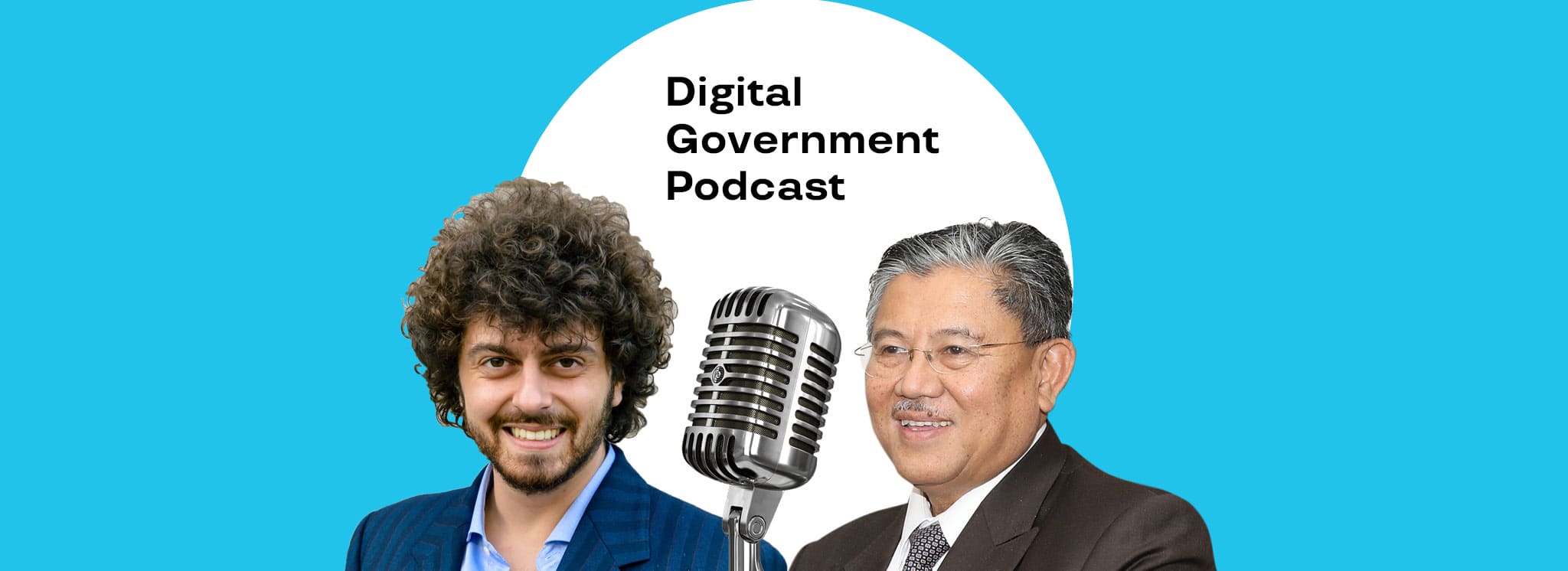
Podcast 🎧 & blog: Building a future-ready society in Sarawak, Malaysia
In Borneo Island, Malaysia, the largest of the 13 states making up the country has an ambitious plan – to turn the region into a digital economy powerhouse of the area. Through the works of the Sarawak Digital Economy Corporation (SDEC) as its implementing agency, government in the region is driving initiative to give the state a digital economy and society. During his last visit to Tallinn, we caught up with the Chairmen of the SDEC, Mohamad Morsidi, to hear about the premises and priorities of this transformative journey.
Country-specific pillars for a development strategy
The digital strategy developed in Sarawak dates back to 2018. But just one year after the discovery and preparatory work that representatives did internationally. Looking at success stories of digital transformation from other countries, it was inevitable Estonia would draw their attention.
“We came to Estonia in 2017, and we knew it was one of the world’s most digitalized economies. The whole concept and initiative,” of developing elsewhere something similar, “has to be based on some examples. We saw Estonia as one of those countries to learn from,” Morshidi says.
In fact, to learn from is a key formula here. As one of the fundamental rules of such ventures is to not simply copy what has been done in another country. Going into the new post-pandemic strategy, with 2030 as the horizon, the focus lies on pillars that tap into the specific economic sectors Sarawak intends to boost. As the SDEC Chairman describes, add to this digital readiness and ease of doing business for the private sector; more efficient and accessible public services; and investments in infrastructure and connectivity.
A digital economy, before and beyond the emergency
It wasn’t the pandemic, though, to turn the lights on the need to pursue such goals. Strategy and planning came before it, indeed – a detail to not overlook. “You don’t wait for the pandemic to be over, and only then start transforming the country. We used the opportunities we got before and during the pandemic. Not after it,” Morshidi says.
In late 2019, when operations started in full swing, one of the main aims was to provide extensive internet coverage to the region. “And I must say that during that time we did not work – we were basically running. Especially as internet availability became so important for education, food delivery, service delivery, e-commerce. Now, we’re expecting to deal with the issue of infrastructure by 2023, reaching 95% overall coverage of internet connectivity.”
The public-private exchange of knowledge and talent
The SDEC Chairman points out that the knowledge exchange on digital transformation did not happen only between countries, but also within the state of Sarawak itself. Because as public-private partnerships play an crutial role in driving the digital journey of Estonia, so it is and should be in Sarawak.
“I found out there is a lot of exchange in human resources between the government and the private sector. And a lot of the applications and solutions in use in Estonia, the innovation that goes into them, is driven by the private sector. I think that’s an area we could improve, increasing the involvement of our private sector in participating to the making of solutions that are fit-for-government,” Morshidi says.
“The relationship between public and private sectors [in Sarawak] has always been good. But we lack better coordination in the data availability and use for the benefit of the private sector. Both to increase the ease of doing business in the state, and enable companies to see how they could use certain information the government holds to enhance their business, and contribute further to the economy,” Morshidi highlights.
















